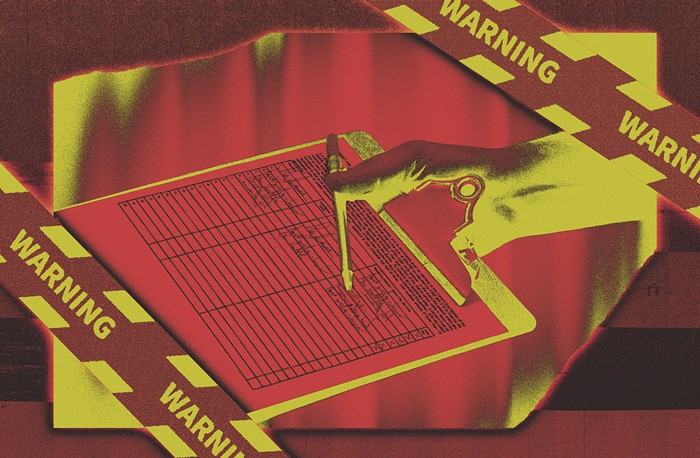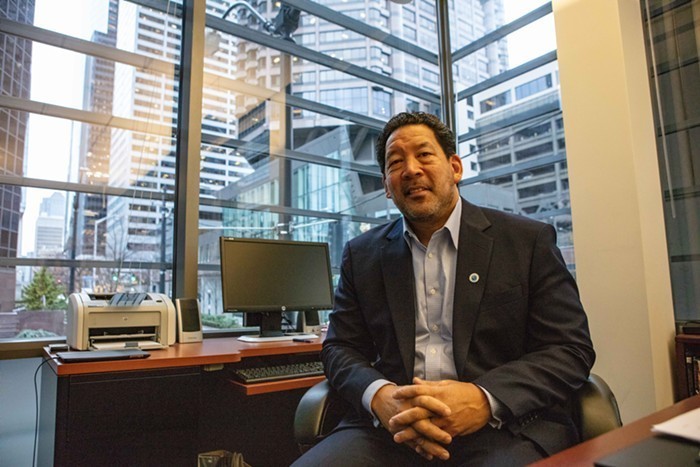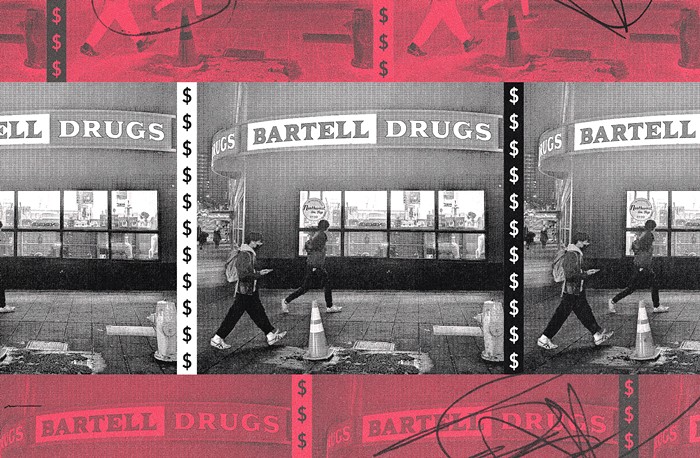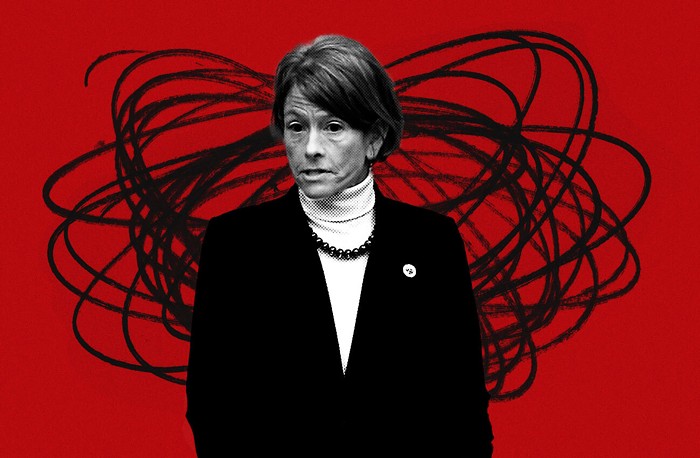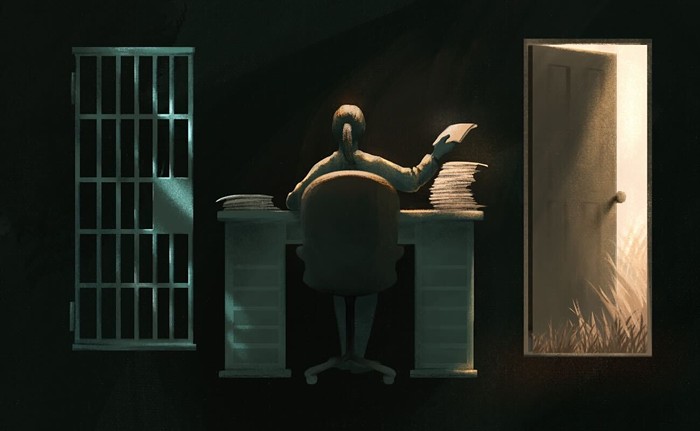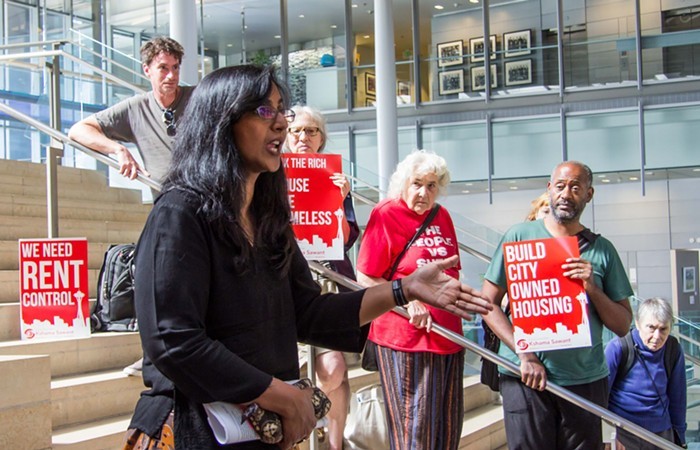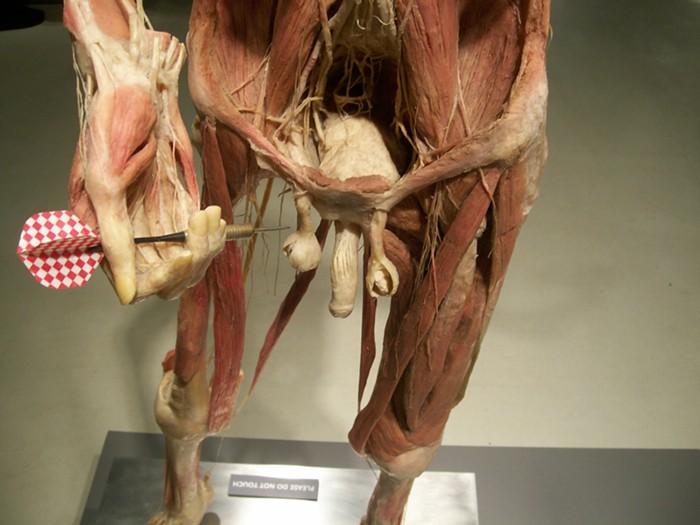
- Washington State Department of Transportation
- STOP AND THINK. Instead of focusing on the Bertha rescue effort, we should consider other options.
Oh man, what a holy mess we are in with this godforsaken tunnel project. This week’s anxiety about damage to Pioneer Square is only the latest entry in a mind-boggling list of troubles.
The problems actually started way back when the tunnel boring machine (TBM) was still in the factory. The first time Hitachi Zosen installed the cutter head, the structure of the machine was not stiff enough to accept the weight and went out of round. Then, as soon as they turned on the motors for the factory test, metal-to-metal grinding damaged the housing. This itself—structural failure before the machine was even under load—is an engineering mistake on a grand scale, almost unbelievable.
But, as we all know, it got worse. After Hitachi Zosen reinforced the machine and shipped it to Seattle, Seattle Tunnel Partners (STP) started digging and made good headway. Then, about 1,000 feet in, the key components—cutter head seals and main bearing—failed. This happened one year ago, and STP engineers still do not know the cause of failure.
Currently, the rescue operation to remove, repair, and reassemble the TBM is under way. This is a high-wire act in itself. If they succeed in digging the remaining 40 feet of the removal pit without causing Pioneer Square buildings to sink, if they can drive the TBM forward into the pit, if they succeed in removing the front end of the machine and lifting it out of the hole, if they can figure out why it failed, if they can install new seals and a new main bearing and add steel to—once again—strengthen the machine, and if they can do it all out there en plein air on the side of the road, then they can reassemble the machine and restart.
That is a LOT of ifs and unknowns.
If I were running the Washington State Department of Transportation (WSDOT), which is in charge of overseeing this project, or STP, which is in charge of carrying it out, I’d be in a panic. (But, seeing as how I was for the surface transit option back in 2008, that’s the last thing I’d want to be doing right now.) If they can’t remove and repair the boring machine, this project is dead—money all spent, the project stalled out at 10 percent complete.
My guess is they’re currently trying to manage the technical challenge of fixing what may be a fatal flaw, fighting with their contractors at every turn, all in the context of a legal mess of magnificent proportions. Tutor Perini, part of the STP partnership, has ruthless attorneys and a legendary reputation for crushing government clients in these ugly liability battles, sometimes walking away with hundreds of millions beyond the base contract fee—at the public’s expense.
Which is all complicated enough, but keep in mind one more thing: There is no bond to back up a failed project here. There is only a $500 million project performance bond on the tunnel project, instead of a $2.4 billion bond that would cover the whole projected cost. WSDOT changed state law temporarily to allow this lower insurance coverage—instead of requiring a bond covering the full project cost like normal—in order to save money up front. Aieeee! It’s like our house is on fire and we have just enough insurance to cover rebuilding the basement.
So where does that leave us, as citizens of Seattle?
We need our leaders to step back and look at the full picture, at all the moving parts of this slow-motion train wreck. We need to reassess costs and risks and liability, and consider our options. When project managers get into panic mode, the tendency is to just go full speed ahead, do whatever it takes to git ’er done, and sort out who pays what later. That isn’t the right approach for this situation, given its peculiarities: the immediate and unexpected threat to the Pioneer Square Historic District, the lack of an adequate construction bond, the wolverine-like ruthlessness of Tutor Perini’s lawyers, and the basic doubts about the TBM’s miserable performance so far.
The Seattle City Council, Mayor Ed Murray, and Seattle Department of Transportation, please get on the same page, and take the reins in four areas:
• Protect Pioneer Square historic buildings from damage due to the settlement caused by STP’s dewatering operation. The aggressive high-speed dewatering idea was sprung on everyone quickly, and the effects on historic buildings—many unreinforced masonry—of removing 600 gallons per minute from the aquifer were not fully analyzed. Already some foundations and sidewalks, as well as First Avenue, seem to be cracking due to settlement. The city and state preservation experts need to figure out the allowable threshold, set up more rigorous monitoring, and enforce the limits.
• Know the limit for viaduct settlement, and when to shut it down to protect public safety. For 10 years, we all understood the upper limit for sinking was six inches; more than that meant the viaduct must be shut down. WSDOT just blew by that threshold, and now says it wasn’t really a big deal. Okay, so if six inches wasn’t the real limit, what is? There is some allowable threshold written into contracts with STP, so make WSDOT tell us what it is. And keep an eye on it.
• Secure the $290 million committed by WSDOT for rebuilding our local waterfront street, Alaskan Way. Remember, when Nick Licata and Mike O’Brien proposed that promised money be set aside in a lockbox in 2009, their colleagues said, “Naah, we trust WSDOT.” With STP lawyers chasing every dollar they can, it’s time to get WSDOT to hand over that funding before it disappears.
• Have a plan to provide local mobility if the viaduct needs to be shut down on short notice, for good. The tunnel project is looking mighty iffy, and it would be pragmatic if the city had a plan B for local access if the project fails.
And about that plan B… It won’t be too hard to put this together, because the work was done by SDOT back in 2008 to answer exactly this question. Back then, Option B of the Urban Mobility Plan included a four-lane urban street on the waterfront (exactly the size and scale as in the current Waterfront Seattle plan), a lot of new transit service in the corridor, some improvements to I-5, fixes to other streets north and south of downtown for freight mobility, and computerized signal timing to increase flow. Traffic on the viaduct has fallen by about 30 percent since 2008, so accommodations for this lower amount of traffic can easily be met with the right subset of those investments.
The city has already designed the new Alaskan Way surface street, so that part is done and shovel ready. If the city and King County could negotiate funding from the state, Metro could add a big boost in transit service in the corridor—maybe even achieving the promise of a true Bus Rapid Transit system.
In other words: We need to stop and consider options. Because it’s very likely the cost of new transit service, along with fixes to other streets and upgrading the Battery Street Tunnel, will be more affordable than continuing to funnel untold millions into STP’s money pit.
As WSDOT flails around, and STP tries to press on at all costs, it’s time for the City of Seattle to step up and lead us out of this mess.
